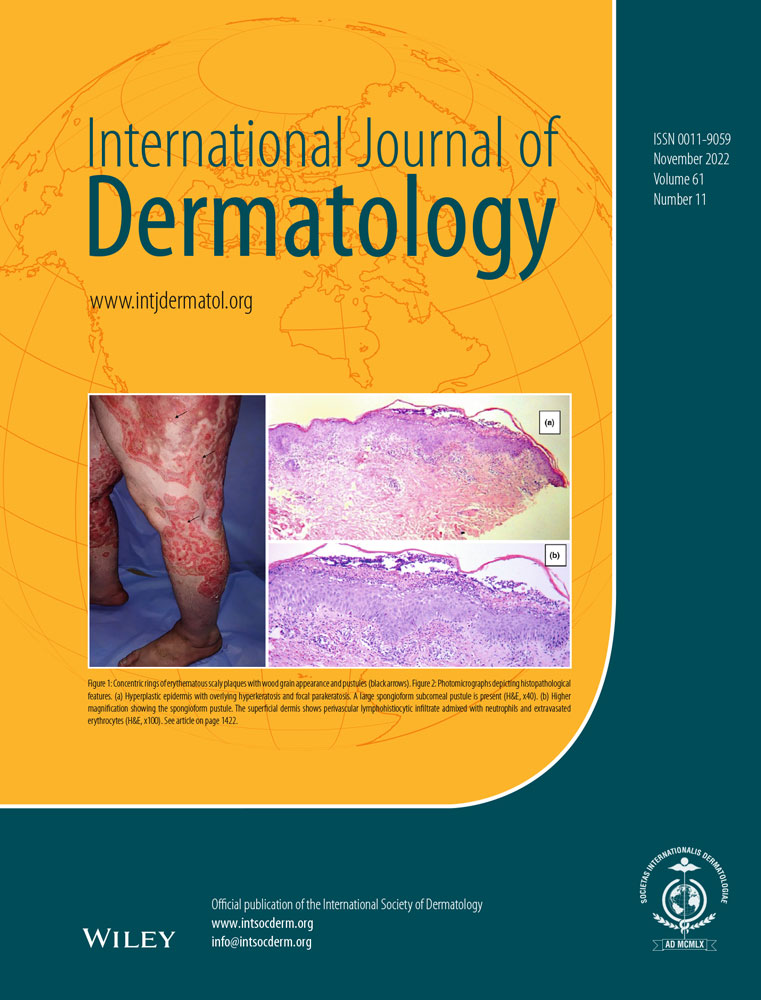Eosinophilic ulcer of the oral mucosa: An update on clinicopathologic features, pathogenesis, and management
Abstract
Eosinophilic ulcer of the oral mucosa is a benign, reactive, self-limited lesion. Its pathogenesis is unclear, and it clinically manifests as a punched-out ulcer with surrounding indurated border, raising suspicion for a possible malignancy. On histology, an acute and chronic dense inflammatory infiltrate can be appreciated, which can extend to the deep underlying tissue (including skeletal muscle). Eosinophils are especially conspicuous on hematoxylin and eosin staining and might play an important role in the development of the ulcer. Removal of possible triggers followed by monitoring and possible biopsy are among the initial recommendations. Most lesions heal spontaneously without the need for intervention. This review aims at assisting dermatologists to easily recognize this entity, avoiding unnecessary interventions and apprehension.




